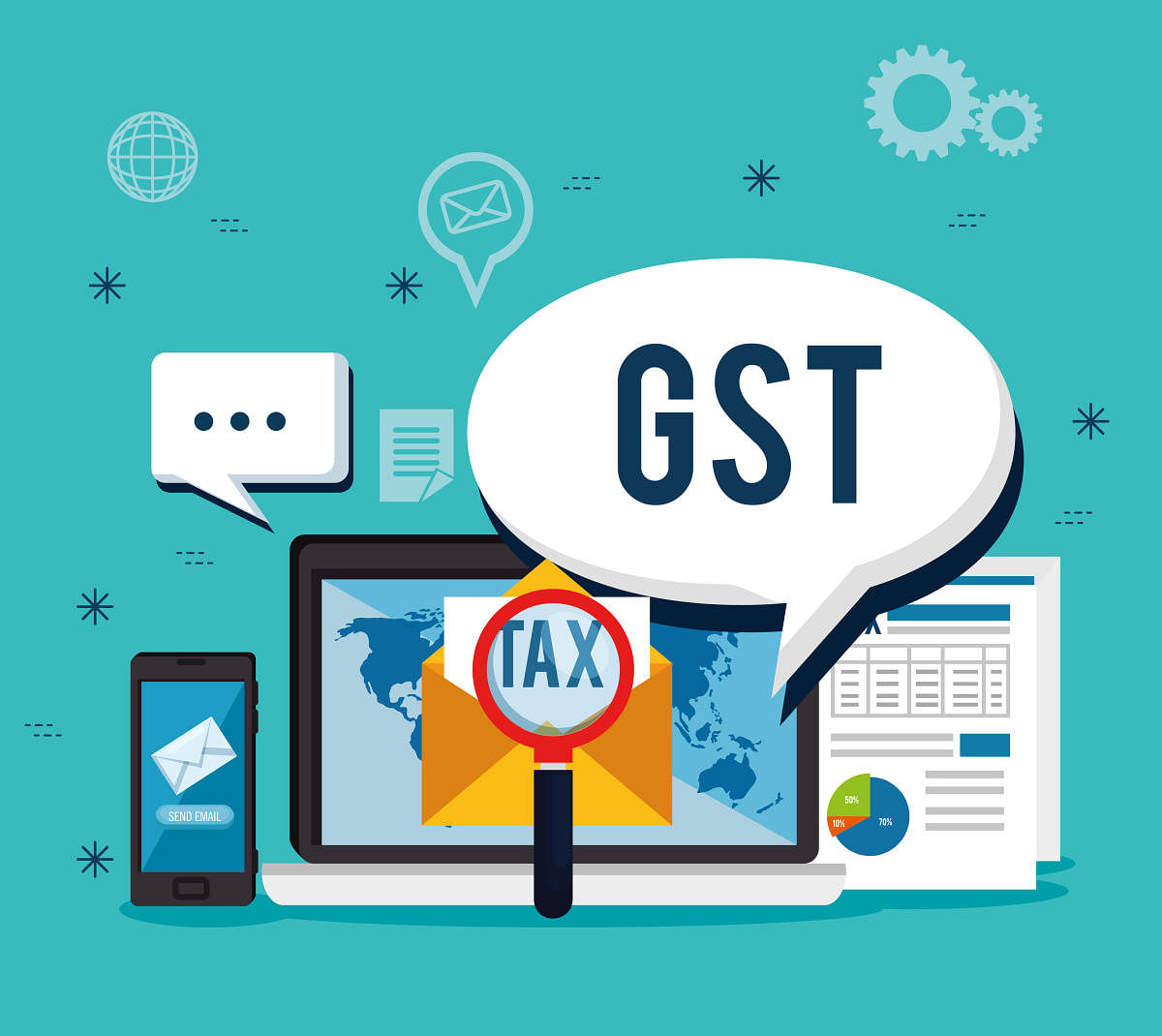From the start on July 1, 2017, the implementation of the Goods and Services Tax (GST) has been plagued by several anomalies.
The GST Council — the all-powerful body to decide the tax architecture and rates on various items — could have adopted a proactive stance, anticipated problems and taken steps to nip them in the bud. Unfortunately, most of the time, it has been reactive. As a result, it continues to grapple with unending problems.
Two such contentious issues are (i) including the TCS (tax collected at source) amount — levied under the provisions of the Income-Tax Act, 1961 — in the value of goods for the purpose of determining the GST liability; (ii) requiring e-commerce companies to deduct tax at the rate of 1% Central GST (CGST) plus 1% State GST (SGST) before making the payment to the vendor/supplier for proceeds of a sale. Both the provisions are seriously flawed.
Under the I-T Act, TCS is levied at 1% on purchase of certain items such as motor vehicles above Rs 10 lakh, jewellery exceeding Rs 5 lakh and bullion over Rs 2 lakh, and a host of other items at different rates. This tax was contemplated by the Central Board of Direct Taxes (CBDT) — the policy-making body on direct taxes in the finance ministry — as an interim levy on the perceived ‘income’ of the buyer purchasing such high-value goods, which is adjustable against the final income-tax liability.
Thought of as a measure to curb tax evasion, the intent behind this levy was to leave a trail that the agencies could use to cross-check the I-T returns filed by persons with high spends and make them pay up in case they under-declare income or don’t file the return. While the intent cannot be doubted, why involve the supplier in a matter which is strictly between the I-T department and the assessee? Yet, doing so unnecessarily creates documentation hassles for the suppliers.
Furthermore, inclusion of TCS in the value of goods for the purpose of determining the GST liability is tantamount to collecting indirect tax (read GST) on an amount which is in the nature of ‘income tax’. This defies logic and is untenable. The Central Board of Indirect Taxes and Customs (CBIC) has addressed this anomaly by recently issuing a circular to exclude the TCS amount from the value of goods for the purpose of levying GST.
However, there is an urgent need to do away with TCS itself because it is arbitrary and has no link whatsoever with the tax liability of the buyer (in some cases, he may not even be liable to pay tax and will have to go through the hassles of claiming a refund). As regards curbing tax evasion, nothing prevents the agencies from collecting details of all high-value transactions from suppliers for cross-checking.
The requirement for owners of the marketplace in e-commerce to deduct tax at 1% for CGST and SGST each before making the payment to the supplier/vendor for proceeds of sale made on the platform (effective from October 1, 2018) is also prompted by the need to ensure that there is no under-reporting of transactions/turnover and, in turn, evasion of tax. Here again, there can’t be any disagreement over the intent. But the method chosen is untenable.
There is no valid justification to involve the e-commerce company in a matter which is strictly between the department and the assessee. Besides, levy of the tax leads to additional compliance requirements for the owner of the marketplace as well as the vendor. The small traders (annual turnover less than Rs 40 lakh) who are exempt from GST, will be forced to register. Furthermore, they will face erosion in their thin margins due to the cost of working capital needed to finance the amount blocked under TCS.
The collection of such tax at an arbitrary rate has no connection whatsoever to the actual tax liability of the vendor. For the same reason, a similar tax levied by the Karnataka government was struck down by the court. In a case involving the Karnataka commercial tax department versus
Deduction of tax
Larsen and Toubro, the Karnataka High Court struck down a provision in the Karnataka Sales Tax Act, 1957, that required government agencies to deduct a certain percentage of tax before making payments to a private contractor handling government projects. It ruled that tax authorities cannot claim tax at source without quantifying the liability of the dealer (contractor). The Supreme Court, too, has barred excess deduction of tax at source by tax authorities.
In view of the above, the GST should consider withdrawing TCS on the sale made by vendors on e-commerce platforms. As regards the need to prevent under-reporting, let us not forget that one of the strong reasons for bringing in GST was to curb evasion by capturing all sales — including those made on e-portals. Since the GST is levied on value-addition at each stage in the supply chain with a proviso for credit in respect of tax paid on purchase of inputs, it is incumbent on every entity to be part of the GST network (GSTN) or else he will not get input tax credit.
If, with an intent to evade payment of tax, a manufacturer/dealer decides not to be a part of the supply chain, still the transactions done by him will be detected by the authorities as his purchase/sales will be reflected in the returns filed by others with whom he deals. The requirement to generate an e-way bill, which allows electronic tracking of goods movement, is another safeguard.
To promote ease of doing business, the GST Council should withdraw both the TCSs — one on buyers of high-value items and the other on sellers on e-commerce marketplaces.
(The writer is New Delhi-based policy analyst)
